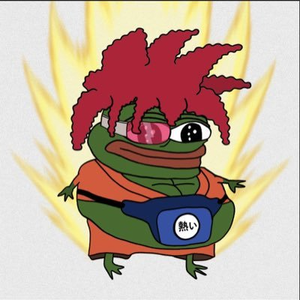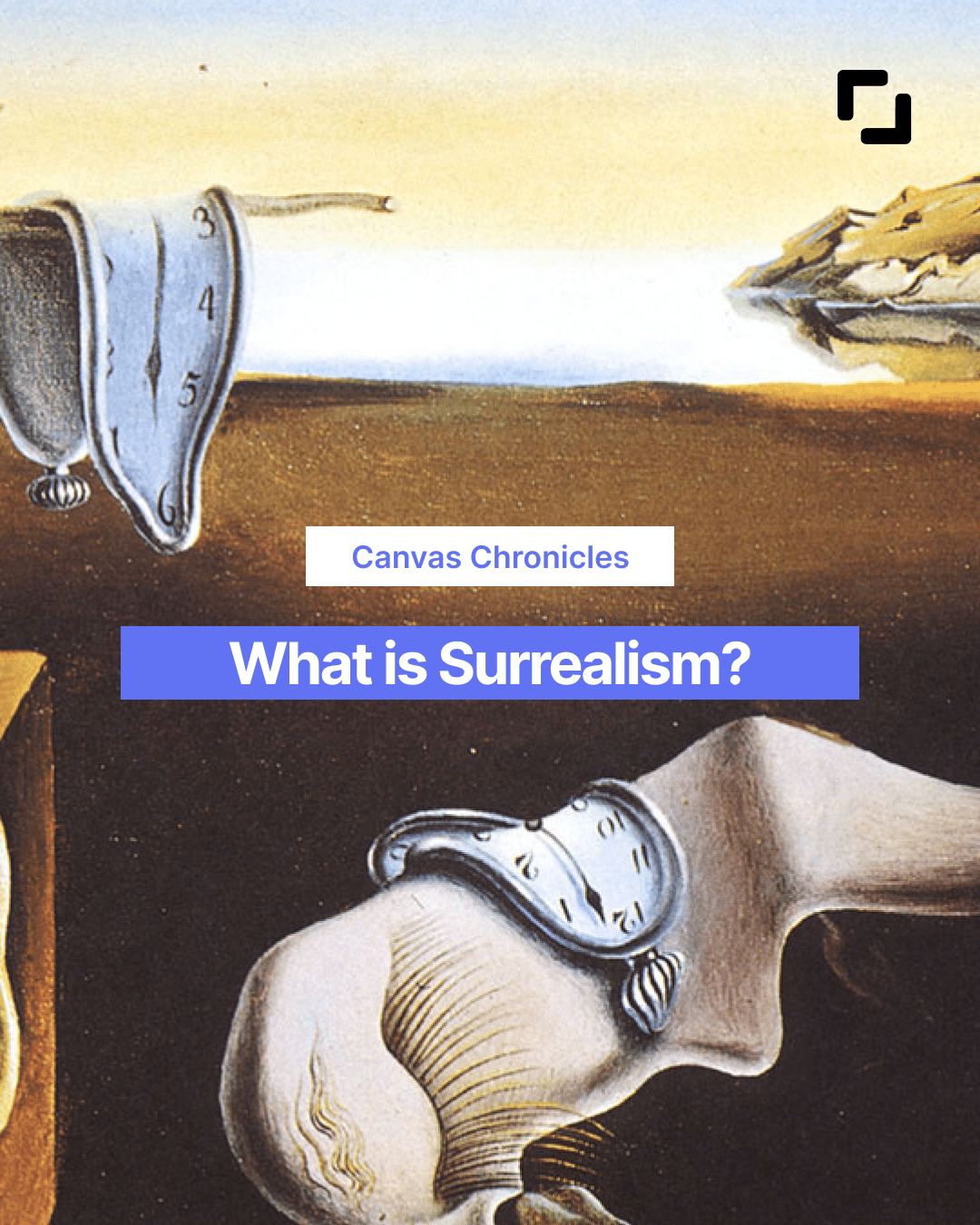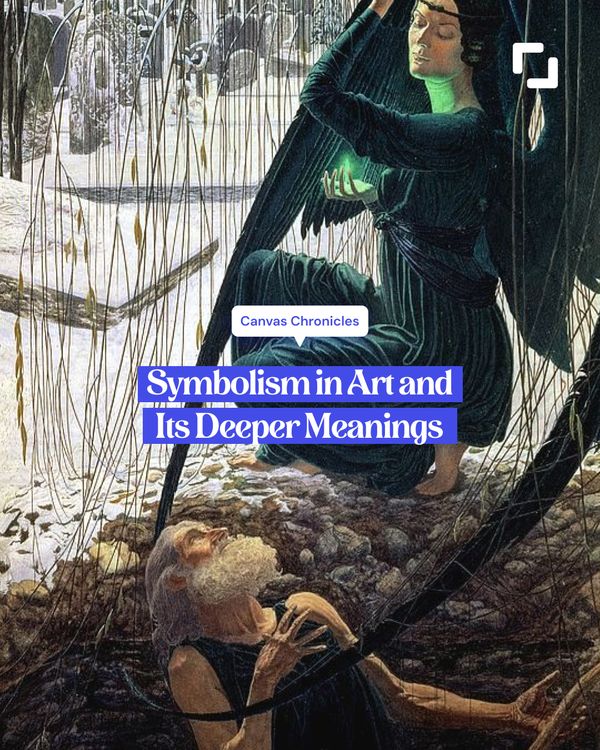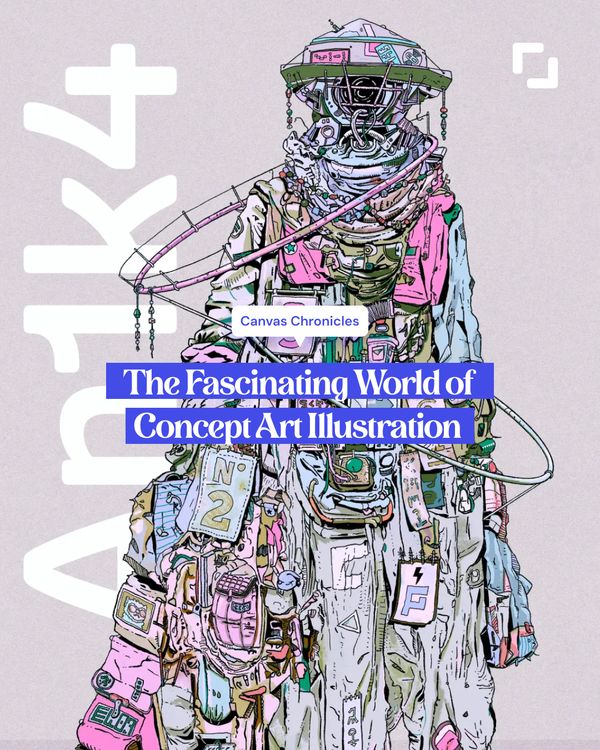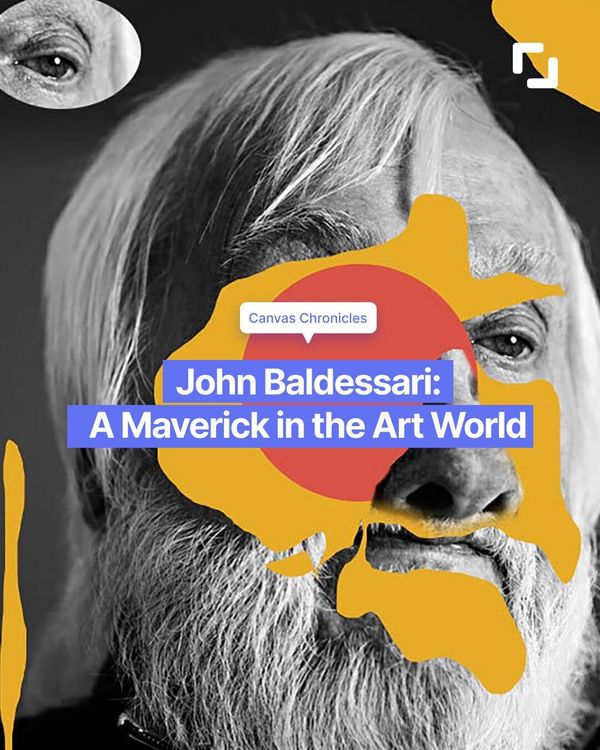What is Surrealism?
Surrealism was a cultural and artistic movement that emerged in the early 20th century, characterized by a focus on the subconscious and the irrational. Born out of the pain witnessed by poet André Breton in a hospital for soldiers during WW1, and inspired by his contemporary, Sigmund Freud, the movement sets out to release the power of the mind from the constraints of rationality.
Originating in the Parisian studios, the term comes from the French 'surréalisme', which mot-à-mot translates into English as "on top realism". However, despite the name suggesting an emphasis on the level of realism the artworks display, the art movement boasted quite the opposite. A telephone cradle with a lobster doubling as receptor, champagne floor lamps or a couch in the shape of red lips are certainly not popular choices in the reality we live in.

Notable figures associated with surrealism are André Breton, Leonora Carrington, Salvador Dalí, Max Ernst, René Magritte, Joan Miró, Remedios Varo and Man Ray.
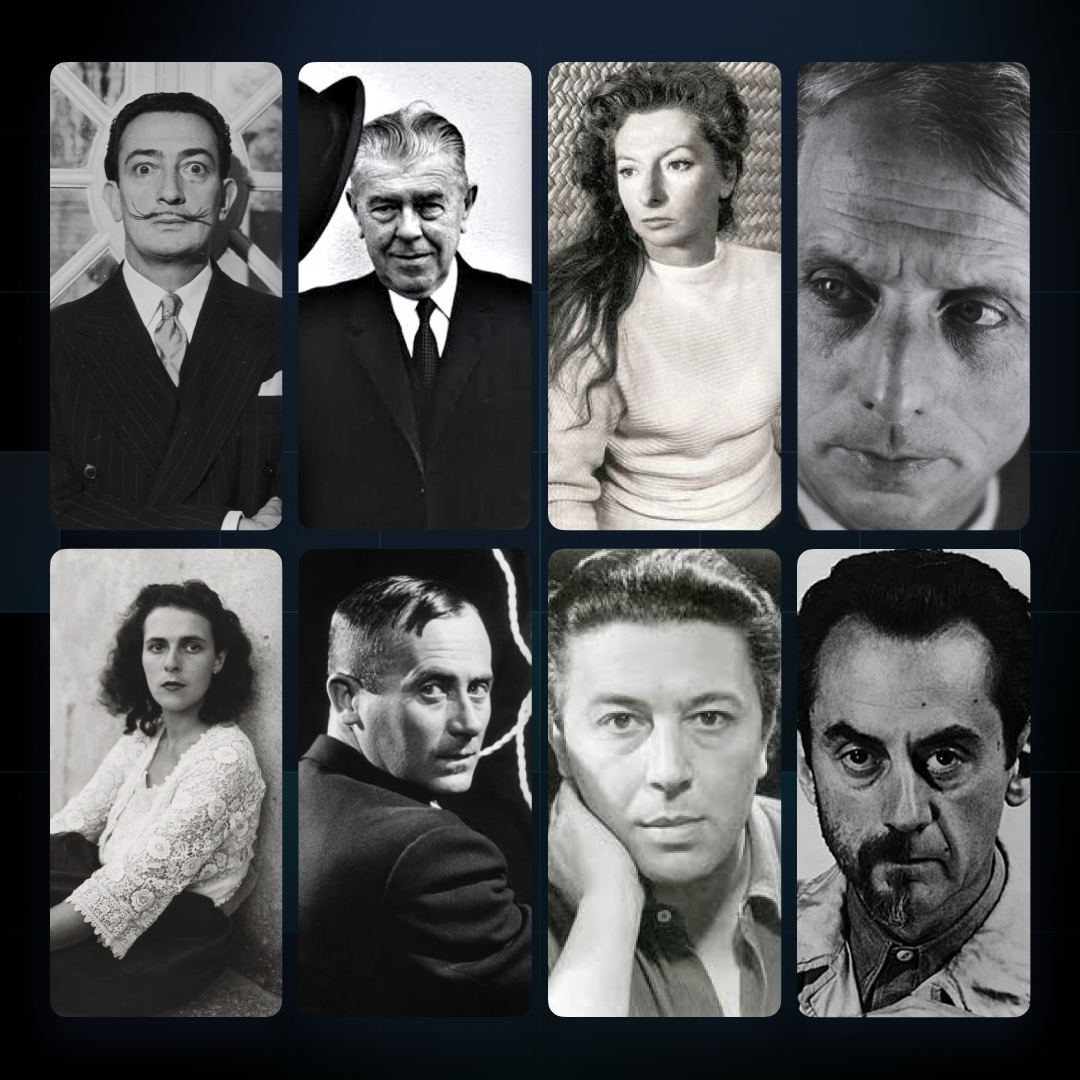
How did Surrealism start?
The publication of the First Manifesto of Surrealism by the French poet André Breton in 1924 pledged to free individuals from "the constraints imposed by reason".
Having experienced the trauma of World War I in a hospital of shell-shocked soldiers, Breton pursued in his art the limitation of rationality and the power of the mind.
Drawing inspiration from the work of Sigmund Freud, who later became the patron saint of Surrealism, Breton embarked on a mission to unleash the potential of the subconscious and empower humanity through art, which led to the birth of the Surrealist movement.
Who was Salvador Dalí?
Salvador Dalí, with his trademark mustache, was the recognizable face of Surrealism, just as his paintings featuring melting clocks or his pet anteater walk were iconic.

He played a significant role in shaping the movement's style and aesthetic. Dalí's ability to merge the real with the imaginary, and his use of strange, dreamlike imagery, continues to inspire artists today. His iconic melting clocks, for example, have become a popular motif in contemporary art, often used to comment on the fluidity of time and the nature of reality.

Dalí’s influence on contemporary art extends beyond his use of surreal imagery. His willingness to experiment with different mediums, from sculpture to film, and his collaboration with other artists and designers, has inspired contemporary artists to explore new forms of expression and push the boundaries of traditional art forms.
In recent years, Dalí's work has also become a source of inspiration for digital artists and animators. His surrealist landscapes and grotesque figures have been reimagined in virtual reality, creating new and immersive experiences for audiences.
The limitless possibilities of digital technology provide a fertile ground for Surrealist ideas, allowing artists to explore the boundaries of reality and imagination.
Surrealism in Digital Art
One of the ways in which digital art has embraced Surrealist principles is through the use of photomontage and collage. These techniques involve combining different images to create a single, cohesive artwork. In the digital realm, this can be achieved through programs such as Photoshop and Illustrator, which allow artists to manipulate images and create new, surreal landscapes and figures.
Another way in which digital art has embraced Surrealism is through the use of 3D modeling and animation. With the ability to create life-like simulations of objects and environments, artists can create surreal, dreamlike worlds that challenge our notions of reality. In this sense, digital art can be seen as a natural evolution of Surrealism, using technology to push the boundaries of imagination and creativity.
In conclusion, as digital art continues to evolve and push the boundaries of creativity, Surrealism will undoubtedly remain a significant influence, challenging our perceptions of reality and aesthetics.
Surrealism on Exchange Art
1. Utopia#G64_NFT3 by Utopia

This artwork made by Utopia features a stylized human figure standing alone in the middle of a dystopian landscape. The elongated figure is depicted with a delicate, intricate form that conveys a sense of fragility and vulnerability. Despite the emptiness and decay surrounding it, the figure exudes a sense of stillness and poise, as if it is in a state of deep meditation, symbols of surrealism. The colors used in the background are muted and desaturated, further emphasizing the bleakness of the setting. Overall, the piece evokes a sense of quiet resilience in the face of overwhelming adversity.
2. Mercy by Jose Narciso

This surrealist illustration by Jose Narciso depicts a nude human body with a frog head in the center of the composition. This piece, Mercy, asks the viewer to meditate on the superiority of nature. The existing elements of fire, water, air, earth, and space as well as the symbol of the atom above the figure’s head confirms that this illustration is quite complex.
3. Same Scenes and Sharing Seas by Daniel Jerome

Who’s watching who? A dystopian surrealist scene inspired by Salvador Dalí, this artwork created by Daniel Jerome, makes the viewer a third party and actively participate in the scene. A distorted crowd watches the sea while the eye in the sky itself looks into the beyond. The viewer is invited to look in that direction and discover another perspective of the artwork.
4. Tangled by Ece Haskan

A meaningful surrealist work by Ece Haskan is about how something or someone can play us like puppets. This piece, Tangled, also speaks of suspended time.
5. Media Can Be A Weapon by Dimsy

Digital media is on the rise. Is it good, is it bad?! We don’t know for sure, but this artwork, Media Can Be A Weapon, asks us to consider how careful we should be with it. This surreal digital collage seems to visually quote the 1998 film, The Truman Show.
6. The Egg by JT Liss

The Egg is a fascinating piece of artwork that blends two distinct styles of JT Liss's previous works and is inspired by the artistic surrealism of Salvador Dalí and the surrealist writings of Andrew Wier. The artist's use of surrealist techniques creates fantastical and otherworldly imagery. As the eggshell begins to break away, the viewer is left to wonder what lies beyond. Will it reveal a new world, an alternate reality, or something else entirely?


